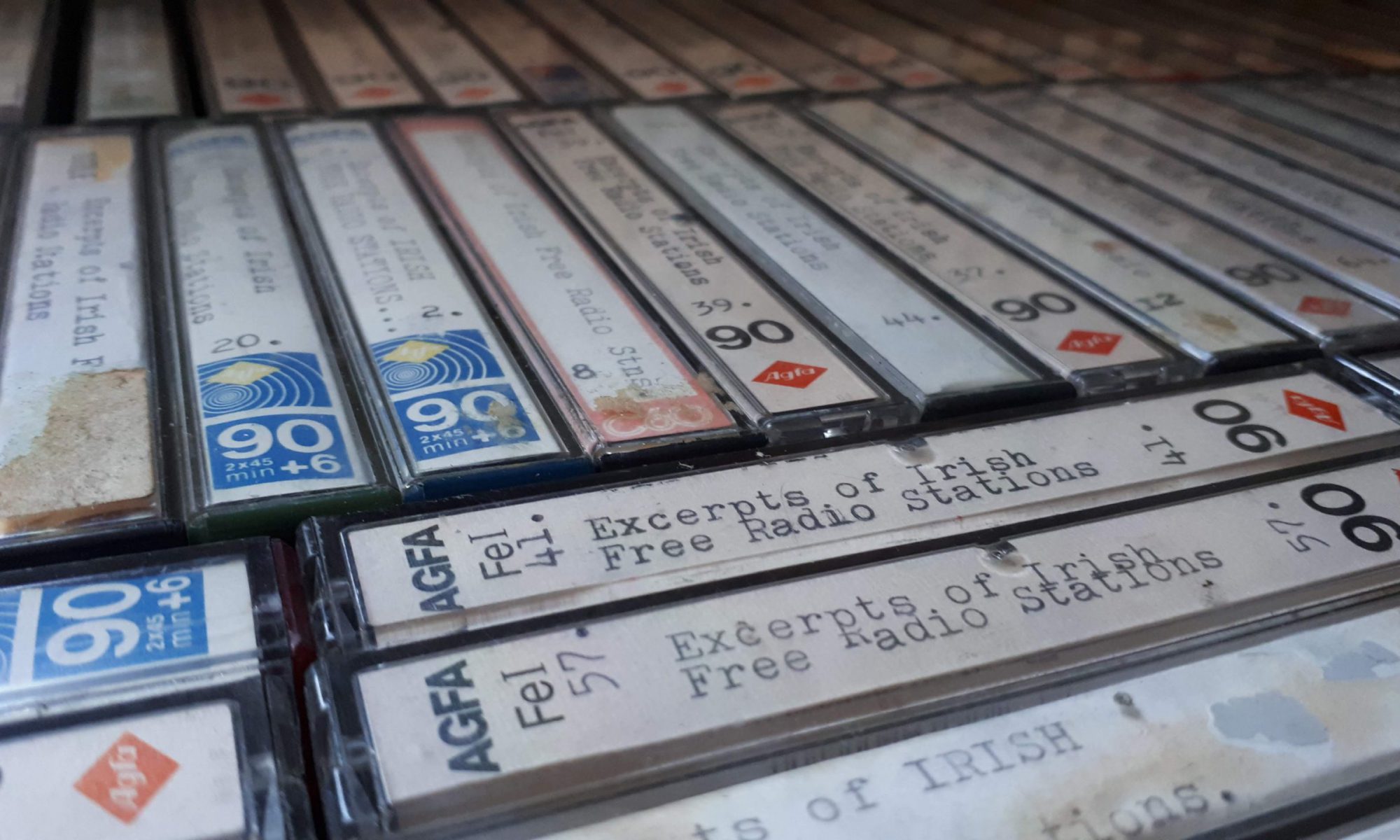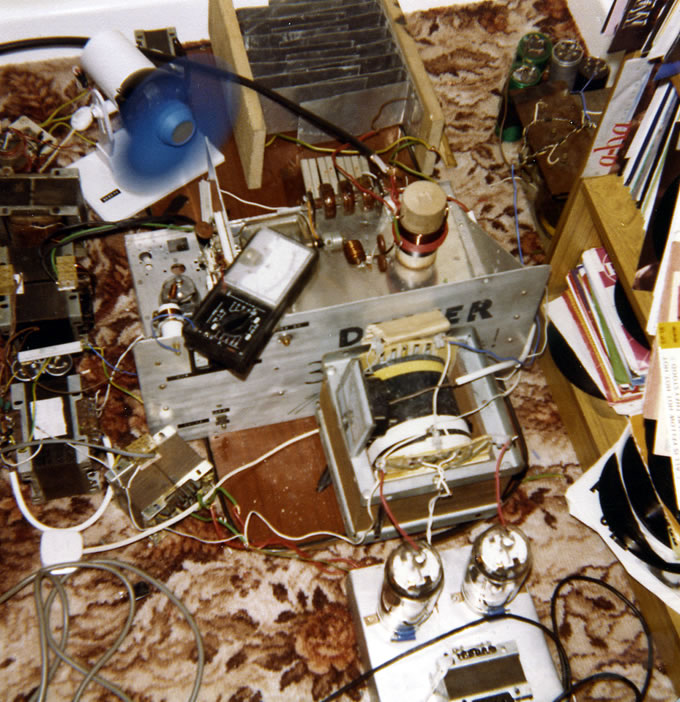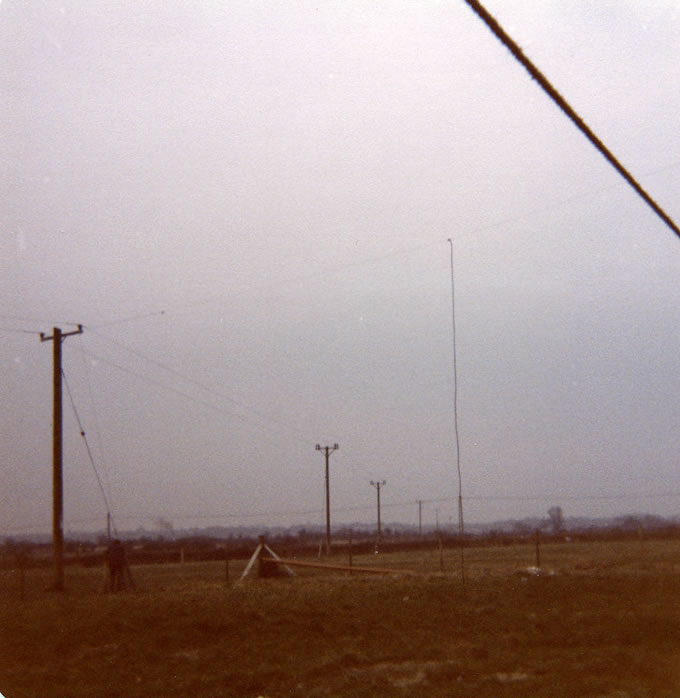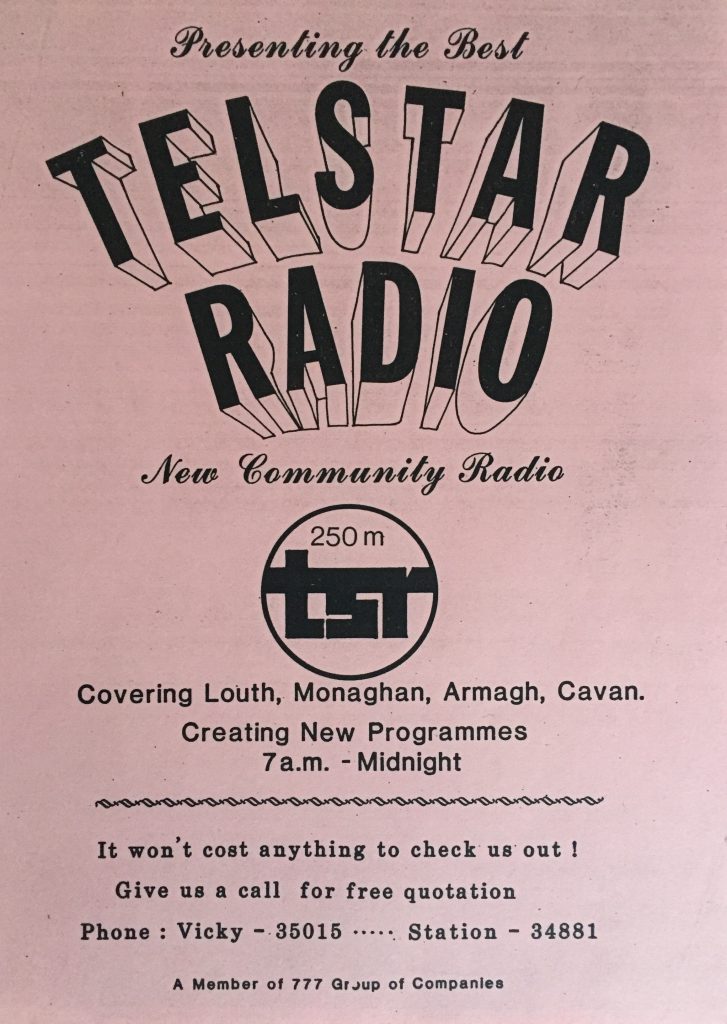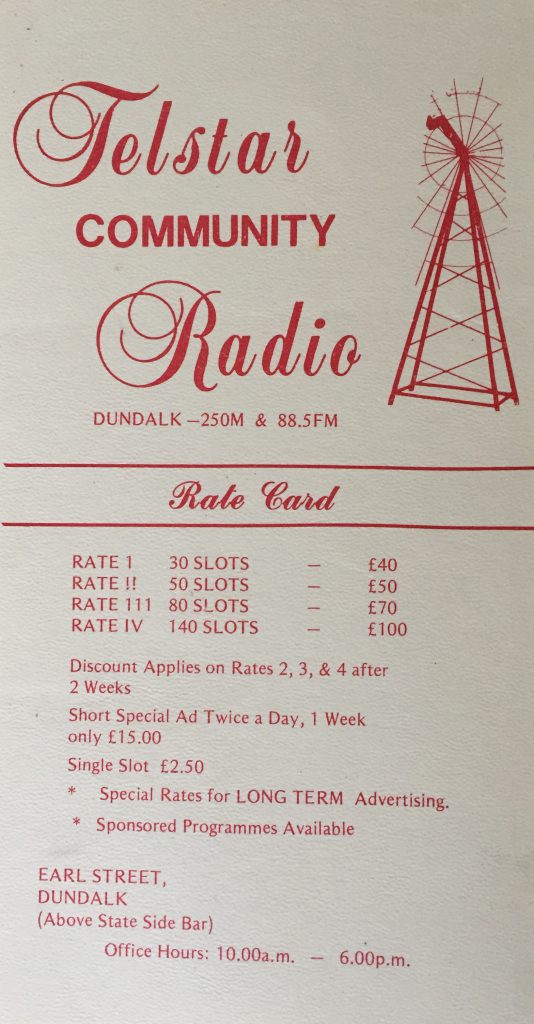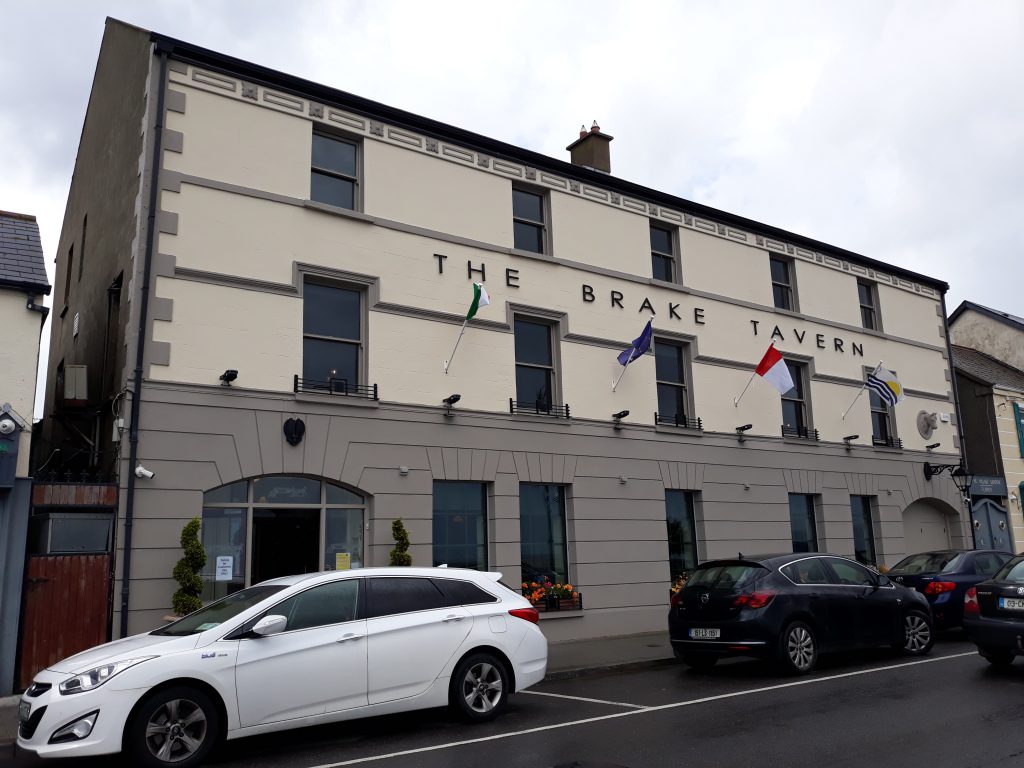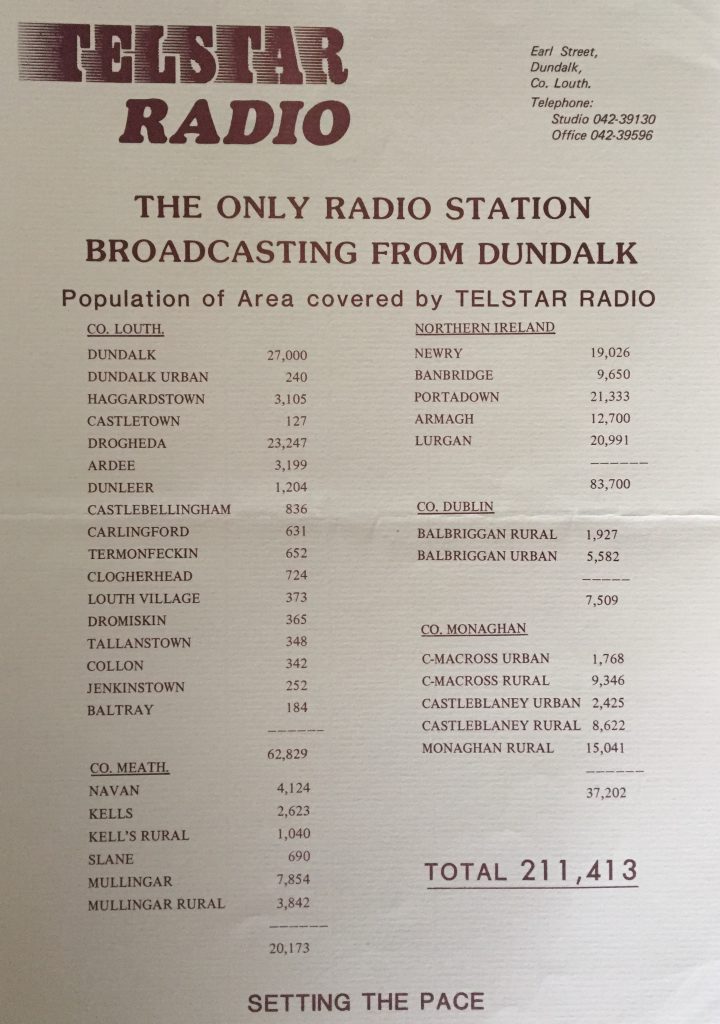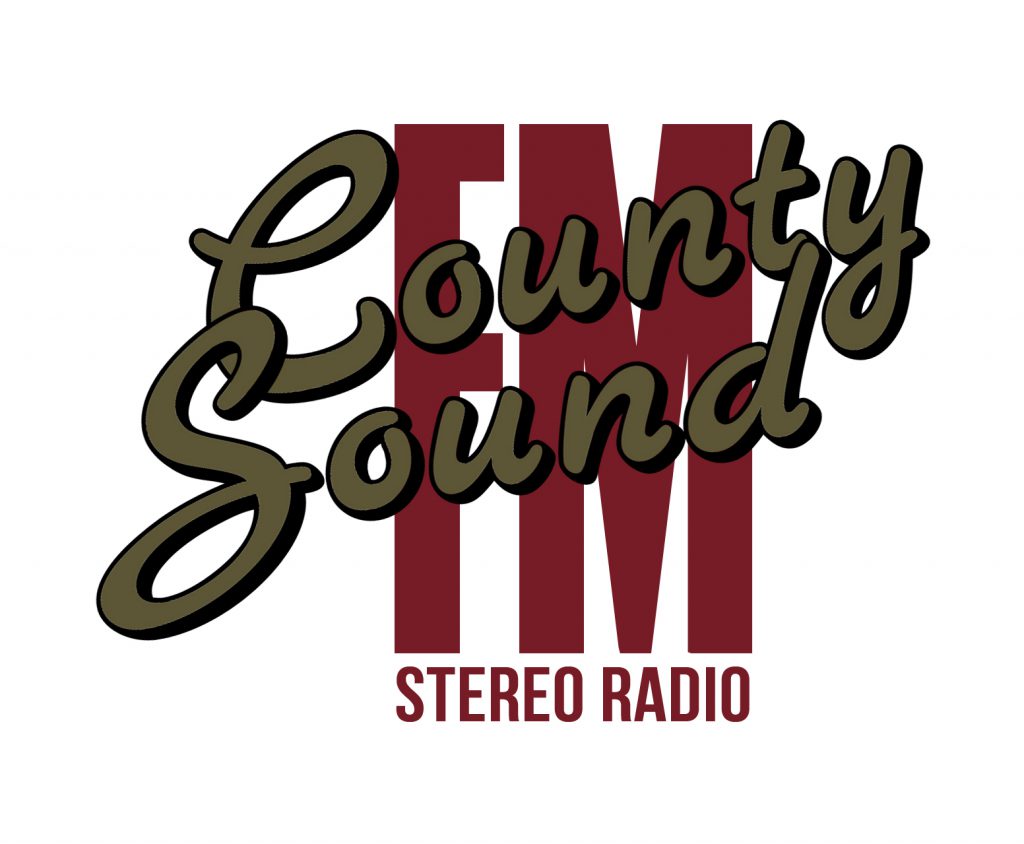Podcast: Play in new window | Download
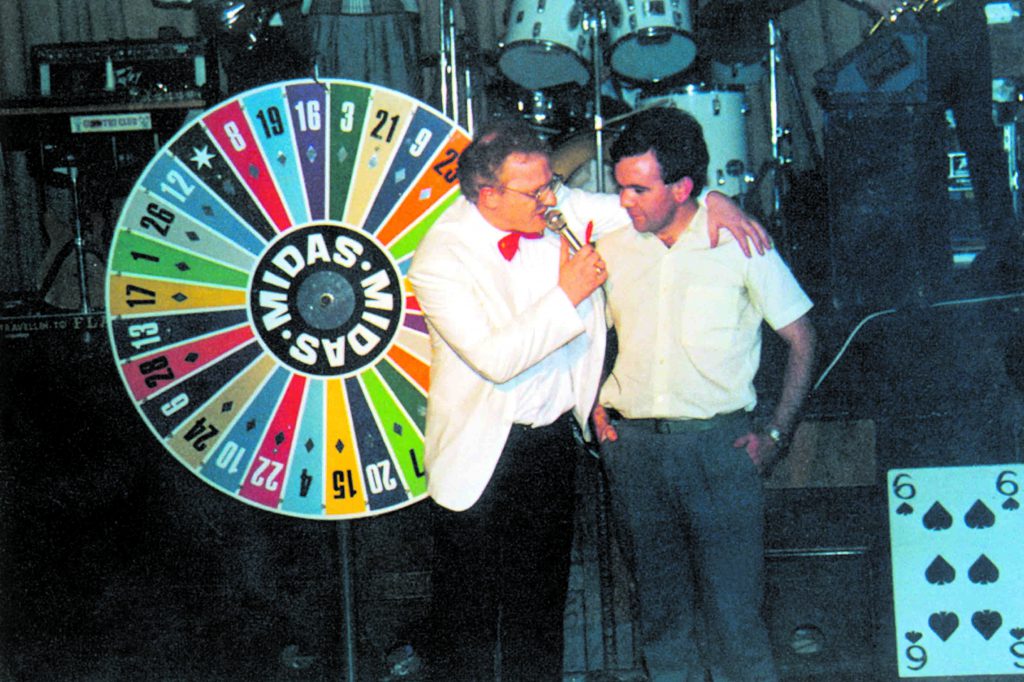
Midwest Radio was one of the west of Ireland’s most successful pirate stations broadcasting initially for a few months at the end of 1978 and returning full-time from 1985 to the end of 1988.
Midwest was set up by local dancehall promoter Paul Claffey in the garden shed behind his parents’ home in Castlerea, Co. Roscommon. The first broadcast was on September 29th 1978 and the event was reported upon in the Evening Herald of that day. The station played pop and rock music and continued until early 1979. At the time, the pirates were taking off in Dublin leading to the establishment of RTÉ Radio 2 on 31st May which was supposed to silence unlicensed radio.
Claffey had worked on the dancehall scene all over Connacht throughout the 1970s and decided to concentrate on developing his business following the first outing of Midwest. Financial problems struck in the recessionary early 1980s and Claffey struggled with his new venture, the Midas Nightclub in Ballyhaunis, Co. Mayo. A visiting band suggested that he contact radio engineer Gerry Reilly from Co. Cavan who had installed dozens of transmitters for pirates around the country. Claffey later teamed up with DJ Chris Carroll who raised £1,500 for the transmitter which was installed by Reilly in what he described as a ‘haunted house’ near Ballyhaunis.
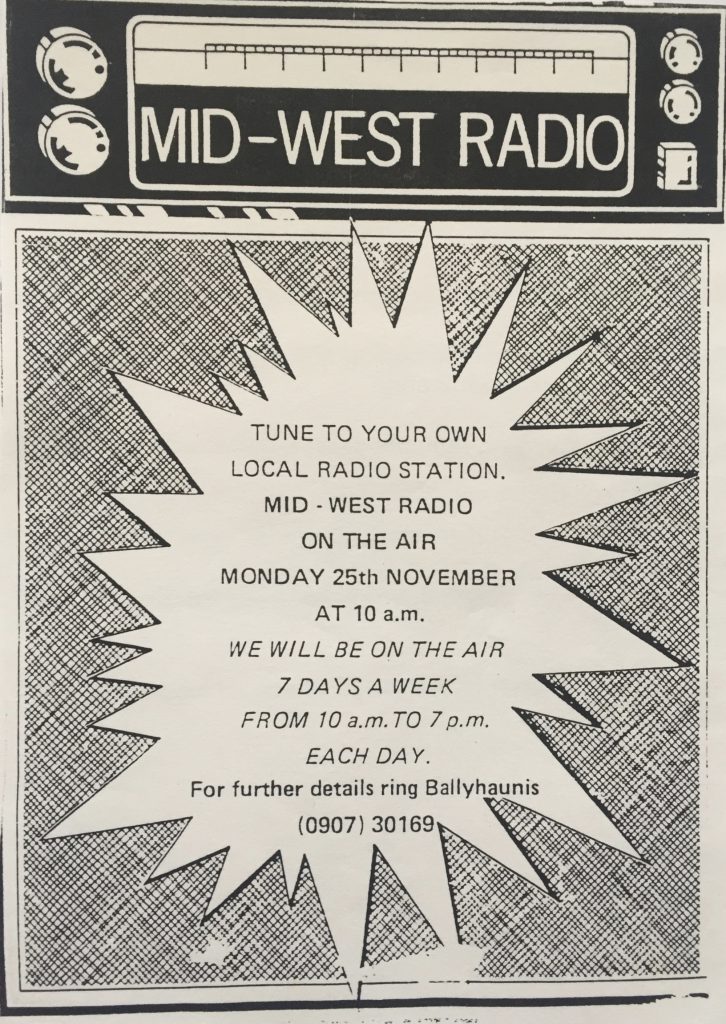
Midwest Radio returned to the air on 1332 kHz from the cloakroom of the Midas Nightclub on Monday November 25th 1985. The station broadcast from 10am to 7pm daily but had just two presenters, Claffey and Carroll, both of whom kept up their regular jobs. The first ad was for a local supermarket but after receiving a large electricity bill in early 1986, it was clear that the station needed a more stable income. Midwest closed down for two days while the presenters hit the road to seek more advertisers. The diet of music was Irish and country, hugely popular in rural Ireland in the 1980s but ignored by RTÉ to its cost.
Midwest grew rapidly and by Christmas 1986, commercial breaks could last as long as ten minutes per hour. In 1987, a second AM transmitter was installed by Gerry Reilly in Kiltimagh on 1233 kHz which brought the station to listeners in north Mayo. This was followed by FM transmitters in Achill Island to the west and Balla in the centre of the county. Claffey also launched a live weekly broadcast of a concert from the Midas, ‘Sunday Night Live’, which proved hugely popular with listeners. Busloads of people came from all over Mayo every Sunday night to get in on the action which included competitions and prizes. Claffey himself was regularly on stage at the Midas, as was retired Garda John Duggan who began his career at Midwest when still a serving member of the force. Duggan presented the final show on Midwest before its closure on December 30th 1988 and the station said its final farewell to listeners at a packed concert at the Midas.
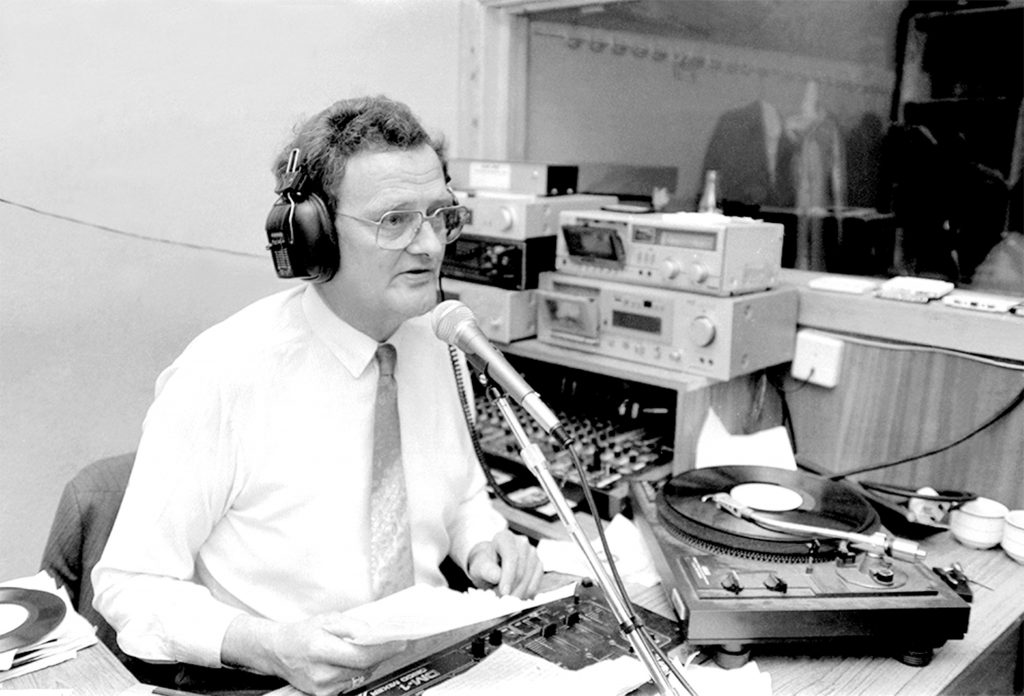
There’s an excellent account of the station’s history in Magic and Madness: The Midwest Radio Phenomenon by James Laffey and we are indebted to that book for most of the information in this post. Midwest Radio was one of the few pirates to be licensed in 1989 and remains among Ireland’s most successful local stations.
This recording is from 98.6 FM on 20th November 1988 from 2128 to 2217. It features the lead-in to ‘Sunday Night Live’ with Johnny Oosten which includes a fantastic musical tribute to Midwest a month before its closure. This is followed by John Duggan hosting live from the Midas. We thank John Breslin for donating this recording and James Laffey for assisting us with sourcing photos.
